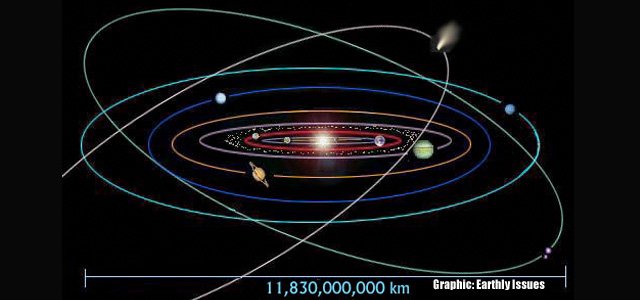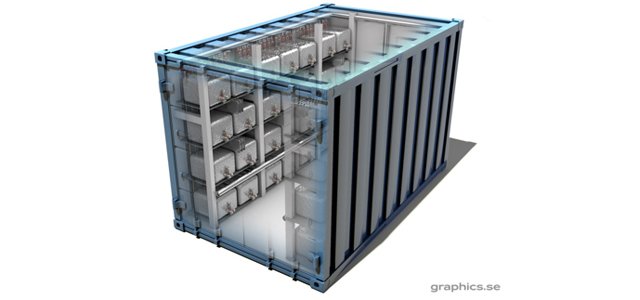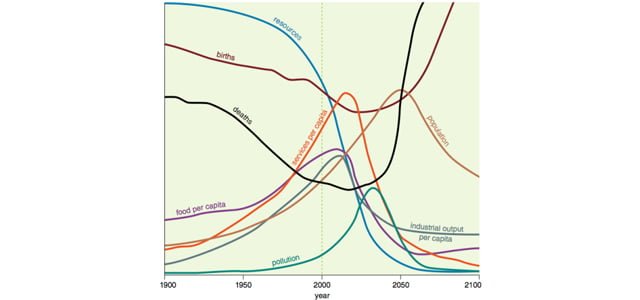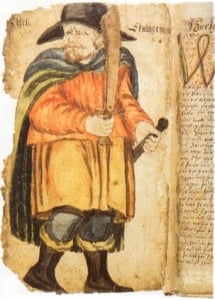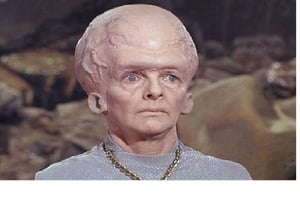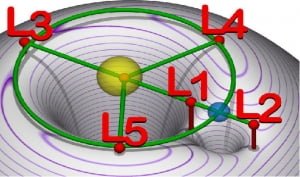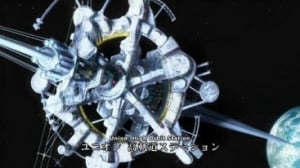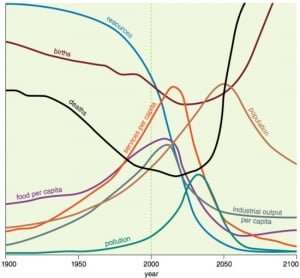Photo: New model E-Cat in operation from the report Observation of abundant heat production from a reactor device and of isotopic changes in the fuel [.pdf]
Observation of abundant heat production from a reactor device and of isotopic changes in the fuel [.pdf]
This is an update on the status of the above patent application. A previous comment on that US filing was made on ColdFusionNow – here.
This filing in the United States is descended from an original filing made in Italy on April 9, 2008. That Italian filing served as a priority filing for a PCT application, PCT/IT2008/000532, filed August 4, 2008, claiming the benefit of the earlier Italian filing date. (The original Italian filing resulted in the issuance of an Italian patent just before the Italian patent law was changed from a non-examination system to an examination system).
Following the procedures of the Patent Cooperation Treaty – PCT, the International PCT application was delivered to the US as a national entry filing on September 16, 2010. This application was duly published as serial number 12/736,193 and was placed in the queue for examination. As reported in the earlier ColdFusionNow article, a US Examiner’s Office Action issued on March 26, 2014. As is typical, this Office Action was an initial rejection, giving the applicant, 3 to 6 months to file a Response overcoming the Examiner’s objections. Such a Response, dated September 25, 2014, was filed on September 29, 2014. This posting reports on that Response.
Before addressing the Response in detail, the covering letter expresses thanks to the Examiner for the opportunity for Dr. Andrea Rossi and the attorney to have had a personal interview with the Examiner on April 22, 2014. Apparently no decisions were reached between the parties at that interview.
The Examiner’s Office Action of March 26, 2014 included a number of rejections:
Invention Inoperable
The Examiner asserted that “there is no evidence in the corpus of nuclear science to substantiate the claim that nickel will spontaneously ionize hydrogen gas and thereafter ‘absorb’ the resulting proton”. He went on to say that the nuclear conversion of nickel 58 into copper 59, while known, has only been observed experimentally “in the context of an accelerated (proton) beam into a nickel target. The element of acceleration is necessary in this matter as the only way for the proton to overcome the basic Coulomb repulsion between the proton and nickel nuclei.” The Examiner also observed that if the reaction were possible, as claimed by Rossi, it would also occur spontaneously in nature.
The Examiner also made a perfunctory further objection that, since the invention was inoperable, the disclosure that was provided was necessarily insufficient to enable workmen after the patent expired to reproduce the invention. The Examiner then requested evidence that the invention actually worked.
In the response by Rossi’s attorneys no evidence of operability was filed. Instead, the attorneys asserted that the Examiner had failed to establish a basis that would justify a request for evidence of operability. Citing In re Mitchell R Swartz, a year 2000 decision by the US Court of Appeals for the Federal Circuit, the attorneys submitted that the Examiner had failed to follow the Guidelines for Examination of Applications for Compliance with the Utility Requirement provided by the US Patent Office in its Manual of Practice and Examination Procedure. In particular, the attorneys asserted that the Examiner, in alleging that the utility described in the patent disclosure was not credible, had failed to:
a) provide support for factual findings relied upon by the Examiner in reaching this conclusion, and
b) provide an evaluation of all relevant evidence of record, including utilities taught in the closest prior art sufficient to support the basis for requiring proof of operability.
The attorneys referred to the description of the procedures provided in the patent disclosure for producing the described reaction, saying that no basis had been established for departing from the normal presumption that such descriptions are true and that the Examiner had not pointed out any deficiencies in that description.
Comment: Challenging the right of the Examiner to provide evidence of utility is an alternative to actually providing such evidence. Such a challenge provides grounds for objecting on appeal to the requirement by the Examiner that such evidence be filed. If the Board on appeal agrees that the Examiner’s requirement was legitimate and no evidence was filed, then the application will be rejected. If the Board concludes that the Examiner’s objection was unsupported, it’s unclear whether the application will be returned to examination with instructions for the Examiner to provide a better justification for such a requirement; or whether the application will be allowed to go forward on the basis that such evidence need not be filed, assuming that all other legitimate objections are overcome.
Citation of Prior Art
The Examiner had also issued a rejection based on the assertion that the invention as claimed by Rossi was “obvious” in view of the earlier technology described in a journal article authored by one Butler and others: Butler et al., “Radiative proton capture by Ni-58, and Co-59,” Phy. Rev. v.108 No. 6 pp. 1473-1495 [1957].
Butler describes a process for accelerating protons into a silver-plated nickel target. The attorneys for Rossi pointed out that Claims 1 and 7 as now pending (the only 2 independent claims) stipulated that nanometric nickel powder is exposed in a metal tube to hydrogen gas at high temperature and pressure. This, it was said, was sufficiently different from Butler that the rejection of Claims 1 and 7 on the basis of “obviousness” was not justified.
Claims 1 and 7 as amended and now pending read as follows:
1. A method for carrying out an exothermal reaction of nickel and hydrogen, characterized in that said method comprises the steps of providing a metal tube, introducing into said metal tube a nanometric particle nickel powder and injecting into said metal tube hydrogen gas having a temperature much greater than 150°C and a pressure much greater than 2 bars.
7. A modular apparatus for providing an exothermic reaction by carrying out the method according to claim 1, characterized in that said apparatus comprises a metal tube (2), including an nanometric particle nickel powder (3) and a hydrogen gas at high temperature and pressure.
Comment: If these two claims were valid the dependent claims otherwise present in the patent filing would be irrelevant. Further, apart from the objections of inoperability and obviousness both of these claims are indefinite. Claim 1 refers to: “hydrogen gas having a temperature much greater than 150°C and a pressure much greater than 2 bars”. The words “much greater than” make the claim indefinite. Similarly in Claim 7, the reference to “hydrogen gas at high temperature and pressure” is indefinite. This could easily be corrected in another Response, and the attorneys for Rossi are probably quite aware of this indefiniteness deficiency.
Additionally, both of these independent claims stipulate for the presence of a “metal tube”. In the absence of such a component, a competing construction would not infringe these claims. For example, if a ceramic tube were employed, it would not fall under the language of the claim. Neither would a metallic containment chamber if, for example, a cubic chamber were employed. These distinctions might be described as “loopholes”.
Loopholes cannot be closed by any of the dependent claims. Every dependent claim adopts the limitations of the independent claim to which the dependent claim refers back.
Unusually, the Response terminates by observing that the applicant has filed a petition to suspend prosecution of this application under the provisions of Rule 1.103 of the US Patent Rules. This reference occurs in the Response available at the US Patent Office website, but the documentation in support of this petition is not available over the Internet. This particular Rule provides as follows:
37 C.F.R. 1.103 Suspension of action by the Office.
a) Suspension for cause. On request of the applicant, the Office may grant a suspension of action by the Office under this paragraph for good and sufficient cause. The Office will not suspend action if a reply by applicant to an Office action is outstanding. Any petition for suspension of action under this paragraph must specify a period of suspension not exceeding six months. Any petition for suspension of action under this paragraph must also include:
(1) A showing of good and sufficient cause for suspension of action; and
(2) The fee set forth in § 1.17(g), unless such cause is the fault of the Office.
One can speculate as to reasons that might be provided in support of such a Petition.
Overall Commentary
This Response has the look of a buy-time initiative by the attorneys acting on behalf of Rossi. No attempt has been made to file evidence of operability as requested by the Examiner. If the Examiner simply reiterates his request for such evidence, possibly providing further observations in support, then Rossi will be able to file the evidence in response. If he fails to do so, it is likely that the Examiner will make his rejection of this application final. In such event, Rossi will have the option of filing an appeal to the Patent Trial and Appeal Board or refiling the application as a “Continuation”. Either initiative will likely suspend disposition of this application for a period of 2 to 4 years.
Although not addressed by the attorneys filing this Response, this application may possibly also be defective for failing to provide a description of how to implement the invention sufficient to “enable” workmen to reproduce the results as claimed. If this were true, it would be fatal to the application, or any patent that might issue thereon in error. It is too late for Rossi to add any subsequently acquired information to this filing. Any further filings will be subject to any novelty limitations that have arisen since 2008.




